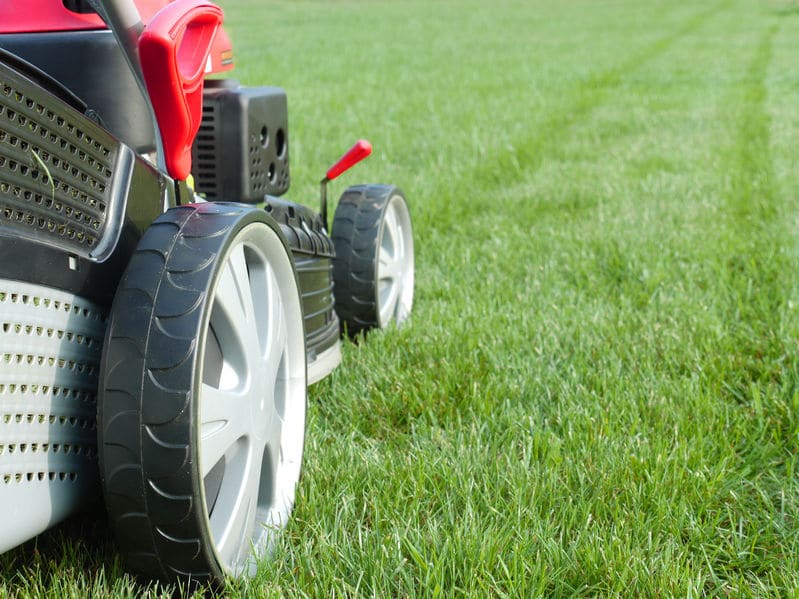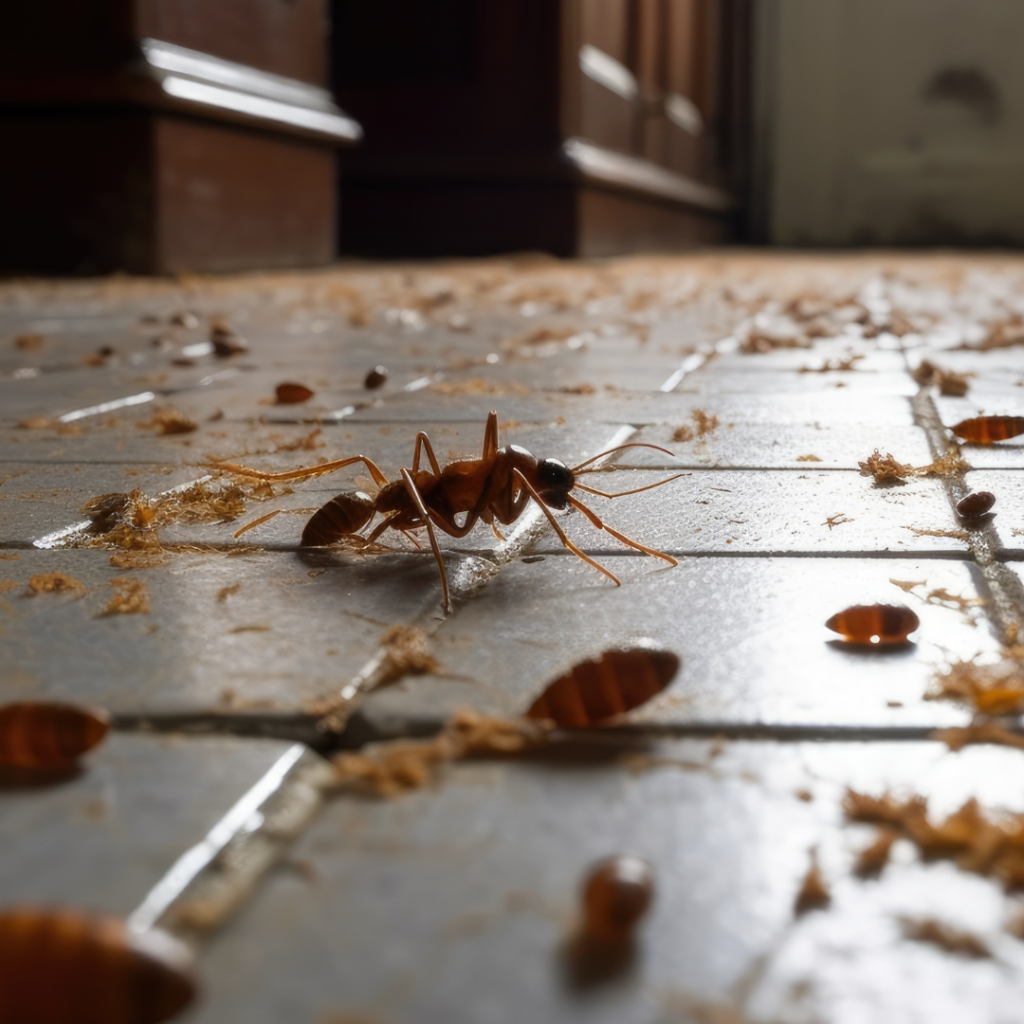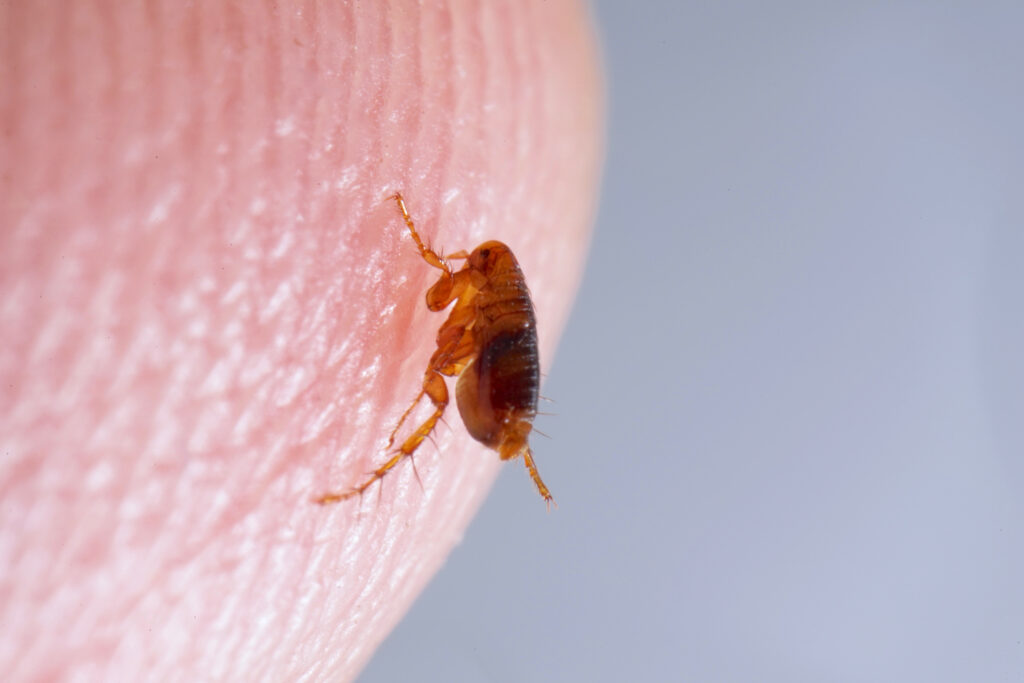
Now that the peak of the growing season for turfgrass has passed, other lawn problems may be revealing themselves. If you’re seeing brown or yellow areas, your Orlando yard may be under attack by a lawn fungus. There are several types of fungi that may be stressing your lawn and causing areas of discoloration.
Read on for what you need to know about common Florida lawn diseases and be sure to call the Orlando lawn and outdoor experts at Turner Pest Control—we’ll identify both your fungus and any pest issues you may have, and create a plan to solve them.
Types of lawn diseases and fungi.
Orlando’s warm temperatures let us enjoy the outdoors nearly every month of the year, but it also invites several types of fungi that thrive in our climate, including:
Gray leaf spot disease: This disease is caused by a fungus that usually appears after periods of frequent rain during the warmest months. St. Augustine grass is the only warm season grass affected by gray leaf spot disease, which can be identified by oblong spots on grass blades. The spots can be gray, dark green or brown, and will have a dark brown border. Left unchecked, gray leaf spot disease can kill large swaths of turf, particularly during hot, humid weather.
Brown patch fungus disease: Also known as large patch, brown patch disease often appears in spring, causing round discolored patches that spread over time. During summer’s active lawn growth, the spots may be filled in, only to become a problem again in autumn. Watch for this fungus to kill grass leaves from the roots up beginning next month when temperatures are regularly below 80 degrees.
Fairy rings: It’s not unusual to see the occasional mushroom sprout up in your lawn, but if you notice them popping up in a circle, fairy rings may be the problem. More than one type of fungus can be the cause, but fairy rings are not a serious threat to your lawn. Control them by pulling up the mushrooms by hand and disposing of them in the garbage.
Rust: “Rust” is an umbrella term for several types of fungal diseases that can affect not only lawns, but also ornamental and edible plants. Signs of early rust problems are small orange, yellow, or white spots on leaves. As rust takes hold, leaves can develop spots that turn brown or black. Turfgrasses and plants that are stressed from too little light or nutrients are vulnerable to rust, which can be made worse when conditions are humid from rain, dew or even irrigation.
Dollar spot: Any type of grass is susceptible to dollar spot, which shows up as tan- or straw-colored spots on the blades. This fungal disease will make round patches that begin very small but can spread to about six inches in diameter. Dollar spot usually appears from autumn through spring, so keep an eye out for it now.
Take-all root rot: The name of this fungus sounds a bit alarming, but take-all root rot can kill large parts of your lawn. Heavy summer rainfall can lead to this problem, along with overwatering or fertilizing too often. The fungus occurs naturally on the roots of turfgrasses throughout the year, but can become a problem when your lawn is under stress. You probably won’t notice take-all root rot unless you closely inspect the lawn’s roots, so look for other signs, including irregularly shaped light green or yellow patches, and areas where your grass is starting to thin out and die.
For more information on these diseases and more, visit the University of Florida’s Institute of Food and Agricultural Sciences page on identifying landscape turfgrass diseases.
Proper care can help prevent lawn diseases.
Good lawn care habits not only keep your lawn looking good—they also help make your lawn more resistant to disease and pests. Proper lawn care includes watering deeply but infrequently; applying the right fertilizer at the right time; and mowing at the right height for your type of lawn. Note that mowing St. Augustine grass too short can cause brown, dying areas on your lawn that mimic fungus damage.
Call on Turner’s lawn and outdoor experts.
There are fungicides available on the shelves of your local home improvement stores and garden centers, but there are several reasons that fungus management should be left to lawn care experts:
- Different fungicides are used to treat specific types of lawn diseases. There is no single product that will work in all situations.
- The proper timing of fungicide application also varies according to the type of fungus you may have.
- A lawn disease must be correctly identified in order to select the right fungicide to treat it.
At Turner Pest Control, our Orlando lawn and outdoor services include fungus growth management, plus lawn pest control, weed management, fertilization treatments, and more. Get in touch for a free estimate on a lawn treatment plan (or Orlando pest control plan) that’s customized to your specific needs.



